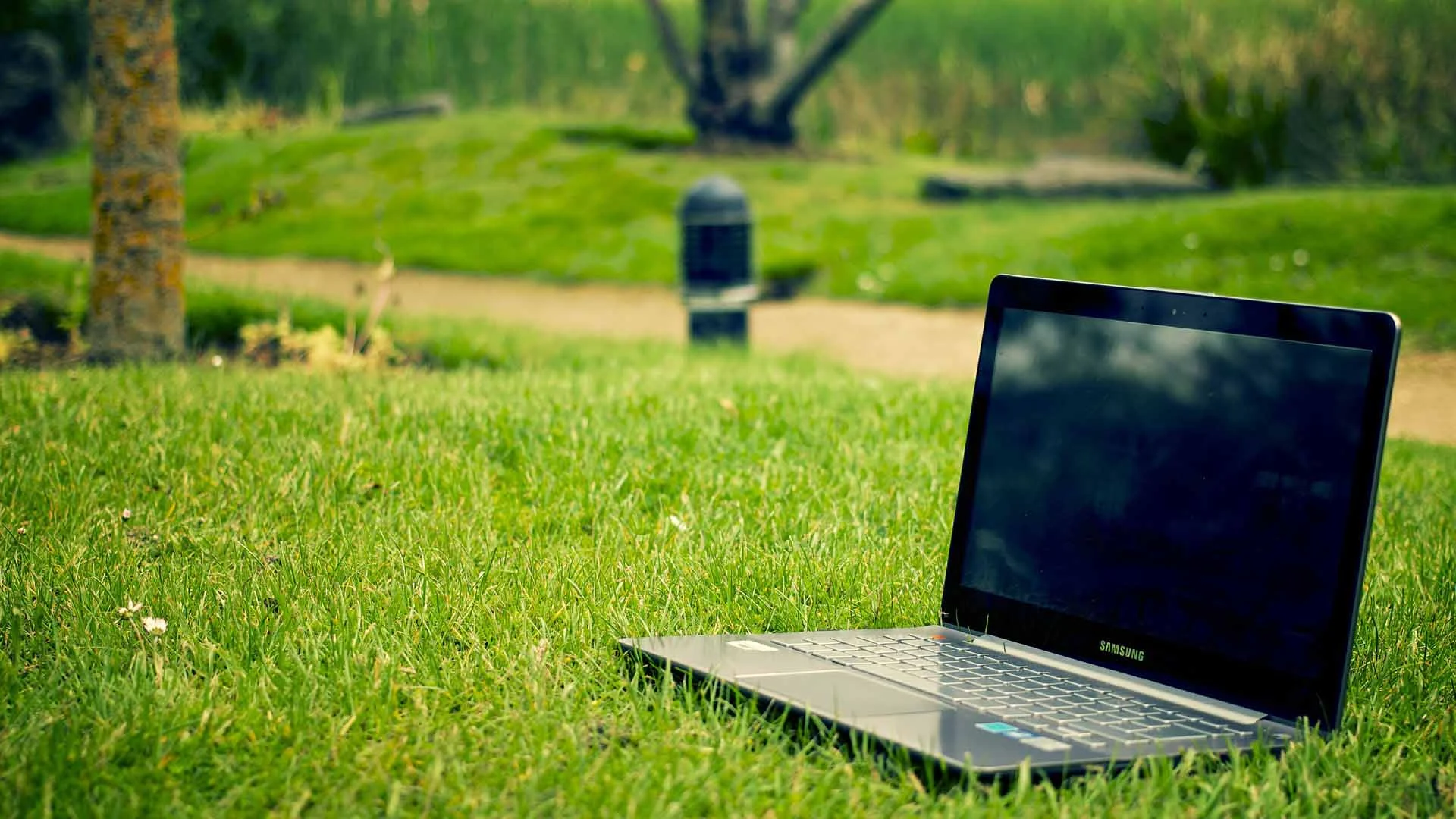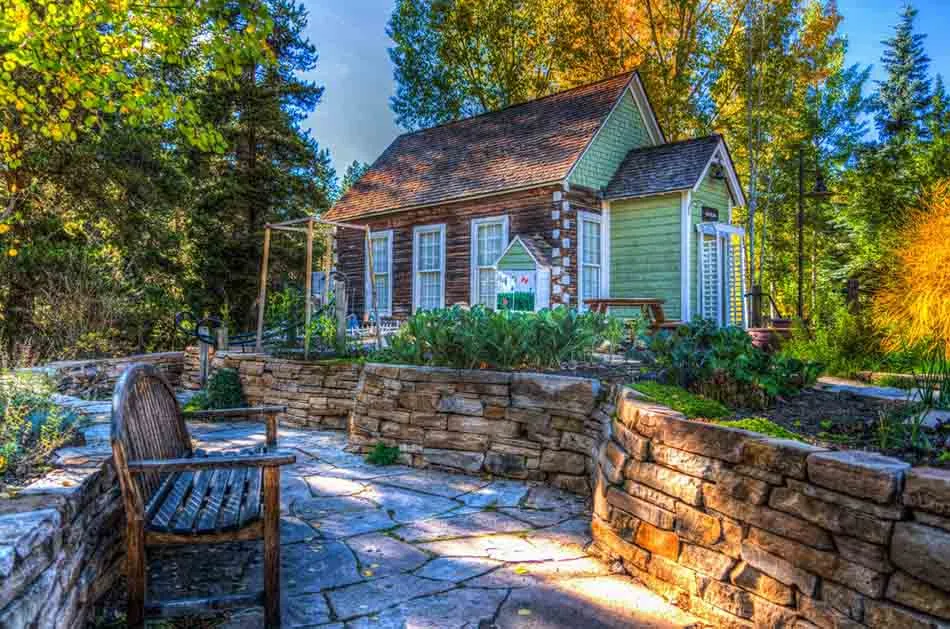Sustainable landscape design is environmentally responsible, fiscally rewarding, and on trend for 2018. Greenscaping is part of a larger movement toward more eco-friendly, low-impact living that is gaining traction among US homeowners. Here are some tips to help make your yard a little bit greener.
Waste Not Want Not:
Everyone wants their lawn and garden to look lush and green, but it takes a lot of water to service the American lawn. Consider replacing some of your greedy grasses with drought-resistant plants to cut down on water bills and time spent watering. Americans typically overwater their lawns, wasting gallons of water and millions of dollars each year. Use natural methods, such as installing bark mulches and recycling grass clippings into the lawn, to reduce the need for water and chemical fertilizers. Greenscaping promotes healthy soil. Put on a good set of garden gloves, grab some tools, and get to aerating the dirt around your plants to promote natural growth and greening.
Healthy Dirt Grows Healthy Plants:
Choose native plants that are already acclimated for your location so they can thrive with less work. Do a soil test to chemically analyze the health of your lawn and garden so you can identify which nutrients to put back into the soil. Dousing your yard with chemicals from the home and garden store isn’t just wasting your money and damaging the environment-- over time, it’s actually ruining your soil. Practice composting to help revitalize the dirt with the nutrients and microbial life forms it is missing. Increase the biodiversity in your yard with plants that encourage pollinators like butterflies, bees, and birds. Your yard is a tiny ecosystem, and the healthier and more diverse it is, the more resilient it will be to trauma.
Add Value And Productivity:
One way we can all live more sustainably is to produce some of our food at home. Designating a portion of your yard as a food garden can help your family to eat healthier and save money, all while cutting down on the output of greenhouse gases created by trucking food from the countryside to our cities and suburban neighborhoods. Foods lose phytonutrients with age, so the fresher the fruit and veggies, the more you’ll get out of them. You’ll also know how safely they were grown and that they are free from harmful pesticides. Choose locally-adapted heirloom seeds wherever possible to improve yields and get the most benefit in nutrient value and deliciousness.
Think Outside The Nursery:
One hot trend in sustainable landscaping is xeriscaping, which promotes a style of gardening with minimal watering. In the drought-prone areas of the American southwest, this is commonly practiced via cactus gardens. But in the East, it can make use of a variety of natural plants that are adapted to the area and carefully-constructed irrigation to incorporate naturally-occurring water sources. It also places emphasis on decorative features like zen gardens, rock displays, and colorful mulches. Consider adding hardscape features like paths and seating to make the most of the natural environment.
Greenscaping is part of a larger movement toward living more healthy, sustainable, environmentally-conscious lives, and we can start by making better, more natural choices in our own backyards. Whether starting from scratch or upgrading your existing yard, you can implement a strategy for growing a healthier environment. Design with purpose and with an eye toward functionality. Choose locally-adapted plants, and focus on traditional, natural approaches to fertilizing and pest control. Conserve water and make use of passive solar energy for outdoor lighting. Responsible landscaping practices will save time and money-- and help take care of the environment.
Written by Clara Beaufort



Comments (0)
Thanks for your comment!
Thanks for your feedback! Your comments have been successfully submitted! Please note, all comments require admin approval prior to display.
Error submitting comment!
There is a problem with your comment, please see below and try again.